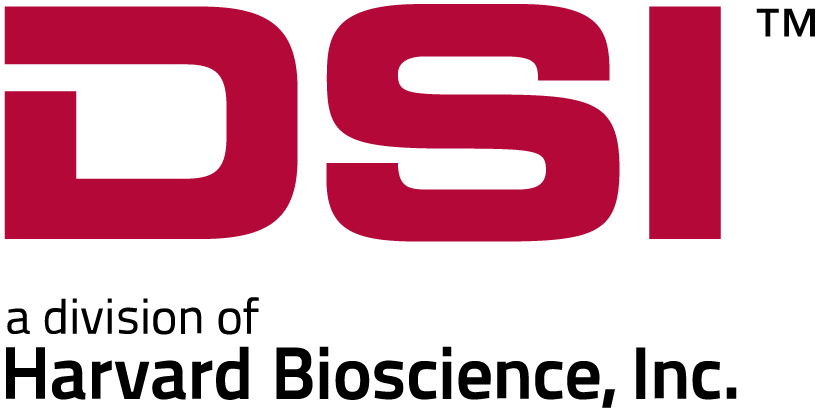
Enhancing preclinical research outcomes
Helping DSI boost researchers’ speed and confidence by avoiding risk and waste

Helping DSI boost researchers’ speed and confidence by avoiding risk and waste
Identify what value would compel users to upgrade to a next-generation platform in a change-averse, increasingly-competitive market.
DSI determined precisely where and how to solve pervasive laboratory and testing inefficiencies with an all-new offering, helping researchers produce better science faster.
Next Mile helped DSI identify, describe, and de-risk a new opportunity, then plan the most efficient way to build the technology:
DSI’s enhanced offering will accelerate research outcomes and improve animal welfare.
Medical breakthroughs derived through animal testing have made an undeniable impact on human well being. However, scientific work challenges both researchers and their subjects. Early on, model animals like rats and guinea pigs required frequent handling during test administration and sampling. Handling stresses animals, conditioning abnormal behaviors and altering their physiologic responses.
Instead, what if researchers could obtain live data from an unrestrained animal behaving normally? As researchers themselves, DSI’s founders understood the challenge of getting reliable study data as well as the stress placed on subject animals. Together, they had a collective brainwave, recognizing they could mitigate both problems with one tool.
In 1985, DSI created the C85-TT, the first telemetry implant solution for temperature, biopotentials, and activity. DSI quickly grew into the market leader, developing sensing and implant tools to measure and capture physiological data like pressures, respiration, and nerve activity. DSI technology enables basic research, drug discovery, and drug development worldwide.
DSI’s tremendous success enabled countless medical science research breakthroughs. Gradually, the preclinical research space matured, and recently-pioneered practices became basic standards. Incremental upgrades were no longer enough—DSI needed a solution that would compel users to upgrade to a new generation.
Change isn’t about abandonment, it’s about using what you know to get to the next stage. To begin, Next Mile centered DSI’s team, getting everyone’s ideas, expertise, and beliefs on the table by:
We find that most companies know their audience well. DSI proved that, creating a robust feature list and consensus around what a next-gen connected telemetry offering could be.
But were these ideas of any value to potential buyers? Further research was needed.
To become a correct idea, a good idea must survive contact with the customer. We donned our labcoats, then architected and executed a research study of our own to clarify, right-size, and prioritize DSI’s concepts. Targeting representative samples in four market segments and nine buyer/user types, Next Mile conducted on-site interviews to gain the key that would separate value drivers from nice-to-haves: context.
Generally, user and customer research studies produce results that are 80% obvious or previously-known. It’s that remaining 20% that can change the entire trajectory of a program.
Initially, many stakeholders believed that growth potential might be limited, stating that “people just don't wanna spend money". Even we at Next Mile initially felt DSI’s market was so well-understood that everything had been thought of.
However, deeper investigation uncovered customer problems large and small, many of which customers stated unprompted they would “pay to make disappear”. This revealed three pieces of context that cast all potential new features into relief:
These needs and constraints presented adjacent, less-direct opportunities to improve a new experience.
That context made the path forward clear. The new offering, now dubbed “Project H”, had to solve for two things above and beyond the current system:
Researchers needed a more seamless experience:
Knowing what to build is critical. Getting there is an entirely different matter.
In a separate workstream, independent of (but anticipating) research results, DSI’s product managers produced a general requirements specification for the next-gen system. DSI has extensive hardware expertise, so Next Mile identified and solved for gaps in firmware and software requirements, then architected the likely shape of DSI’s required software effort, specifying:
This helped decision-makers forecast, clarifying goals and risks before any major budget commitment.
Performing in-depth customer research, targeting solvable customer pains, defining and prioritizing key features, and translating an esoteric software effort into concrete steps clarified everything that needed to be done. DSI absorbed all the intelligence and execution strategy Next Mile provided, then took the reins, beginning engineering.
DSI found the value customers desired. Building Project H will be no small feat, but when complete, it will further reduce the animal research burden and accelerate preclinical and medical results for humankind. Preliminary results look promising!